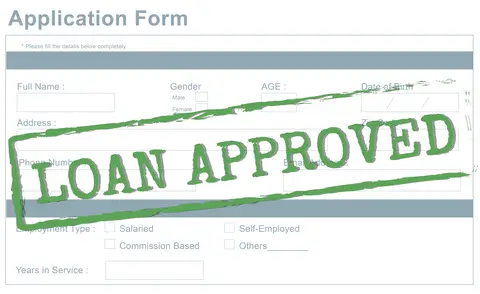Shakespeare said in Hamlet “neither a borrower nor a lender be,” but he didn’t know about 401(k) plans and their ability to offer easy terms for borrowing. If you have a 401(k) plan that permits plan loans, it can be a big help for owners and employees. Understand how much participants can borrow and what plans need to do to stay compliant with the law and remain qualified. Also, understand the negative impact that borrowing can have on retirement savings.

Parameters of plan loans
A plan is not required to offer participants the option of taking loans. If it does (as an estimated 90% do), the option must be available to all participants on a nondiscriminatory basis (i.e., it can’t be restricted to owners and managers). But being an owner is no bar to the ability to take a loan.
Loans can be made for any reason. The participant does not have to provide a reason or have a serious financial need (as in the case of a hardship distribution).
A plan can set limits on the amount of borrowing. The maximum loan amount permitted by tax law is the lesser of:
- The greater of $10,000 or 50% of the vested account balance
- $50,000
For instance, if an account balance is $40,000, the maximum loan is $20,000 (50% of the account balance). If the account balance is $120,000, the maximum loan is $50,000 (which is less than 50% of the account balance). Additional limits come into play if there are already loans outstanding.
The loan must be repaid within 5 years (longer for borrowing to buy a home). Payments (including interest) must be made ratably over the term of the plan; payments must be made at least quarterly (with repayment suspended for a leave of absence of up to one year or for military service).
The plan must charge a commercially reasonable rate of interest. The IRS treats the prime rate plus 2% as a reasonable rate of interest, although this is not an official safe harbor for a commercially reasonable rate of interest. The interest is being repaid to the participant’s account, but likely is not tax deductible. The plan can charge a loan origination fee.
You can find more details about plan loans from the IRS.
Plan loans for hurricane victims
The IRS reminds us that plans can make loans to victims of Hurricanes Harvey and Irma. What’s better is that the IRS is relaxing the procedural and administrative rules that normally apply to plan loans. For example, even if a plan doesn’t currently allow loans, it can make them and then amend the plan to permit loans.
Distinguish between plan loans and hardship distributions. Hardship distributions are taxable to the participants (and subject to a 10% penalty if the participant is under age 59½). Once the funds are distributed, they can’t be repaid to the plan. However, the IRS is allowing plans to make hardship distributions to victims of Hurricanes Harvey and Irma without causing a loss of qualified status.
Caution about borrowing
Using a 401(k) as a piggy bank is inadvisable. It depletes retirement savings, even though borrowed amounts are repaid to the plan. The reason: Borrowers usually reduce their annual contributions to the plan while they’re repaying the loan.
What’s more, if funds aren’t paid on time or an employer leaves the company without repaying the funds, there’s a distribution that’s taxable (and subject to a 10% early distribution penalty if the borrower is under age 59½). The IRS informally explains how missed payments can be cured to avoid a deemed distribution.
Bottom line
Having the option to borrow from a 401(k) plan may be a good thing. For owners, it may be a quick solution to meet payroll in a cash crunch. For employees, knowing that their contributions are accessible through a loan may induce them to make contributions. However, the National Bureau of Economic Research reported that at any point in time about 21% of active participants had an outstanding plan loan, and over any point in a 5-year period it was 37%. Overall this can’t be a good thing for retirement savings.


